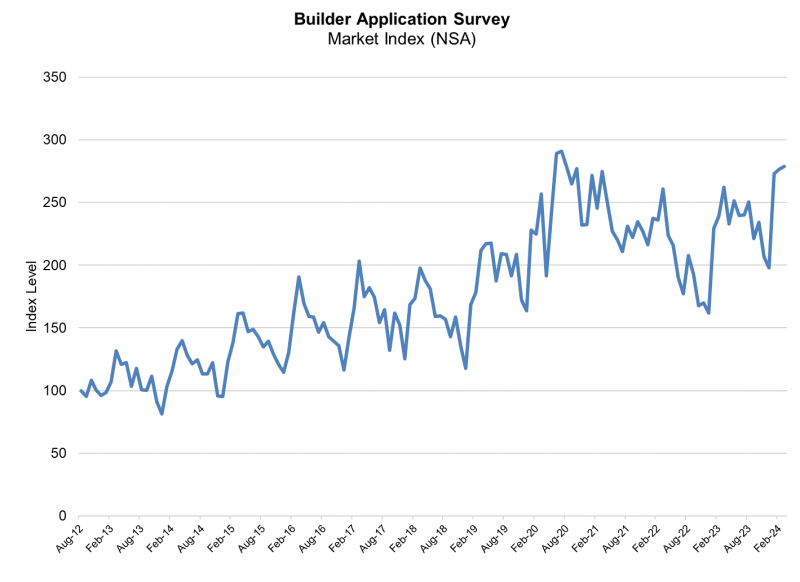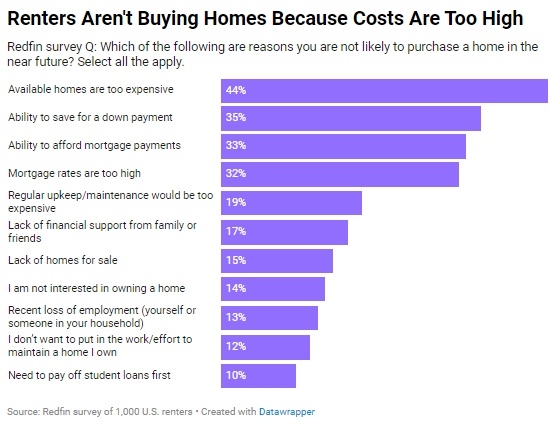Advertisement
Mini-Correspondent … To Be or Not to Be?

In response to growing trends and recent changes in regulations, brokers are increasingly considering the mini-correspondent channel. A broker that charges three percent per loan transaction guarantees that those loans will not be eligible for treatment as a Qualified Mortgage (QM), so the regulations create an opportunity for many brokers to make the leap to mortgage lenders as a new kind of correspondent: The mini-correspondent. The channel provides an ideal mix of independence and support for companies, allowing them to continue to originate and maintain financial control of their loans without implicating the three percent cap on points and fees or the disclosure of the yield spread premium (YSP). Many lenders nationwide have begun to offer this new origination channel.
The mini-correspondent channel has seen a drastic rise in popularity, and though it is an interesting option, some brokers fail to fully consider the complexity of the process before making the transition. There are advantages and disadvantages each broker must weigh when considering making the transition to a mini-correspondent and consequently, there is no universal right answer. Brokers will need to contemplate practical factors, such as licensing, alongside more subjective factors, such as the ways in which the new model of the mini-correspondent may fit their current business practices. What follows is a look at the angles from which a broker will need to evaluate the move to become a mini-correspondent before making a final decision.
In the mortgage market, there is tension between achieving more sophistication through adopting the mini-correspondent channel, but simultaneously taking on increased cost and risk or, alternatively, remaining a broker who may assume less risk but has limited flexibility in pricing. Market pressure to react to increased regulatory burden has swayed many brokers’ decisions to become mini-correspondents. Many brokers feel they are being unfairly singled out, since only compensation paid to the brokerage is included in the three percent cap, and these brokers find the mini-correspondent channel valuable because it allows them more freedom.
From a day-to-day perspective, the change to a mini-correspondent is not as dramatic as one might expect. The process for the mini-correspondent is quite similar to the arrangement it had as a broker, with the exception of the closing. Once the broker obtains its lender license, it will be a mini-correspondent and will henceforth enter into agreements with its investors. Generally, the process is that the mini-correspondent will take the application, but an investor will underwrite the loan. The loan will then close in the name of the mini-correspondent and will fund on the mini-correspondent’s warehouse line. Once closed, it will be submitted to the investor for purchase. Given the ease with which brokers will most likely adjust to the new process of a mini-correspondent, logistics are, amongst all the factors a broker must consider before becoming a mini-correspondent, perhaps some of the more straightforward concerns to put to rest.
Once a broker acknowledges the logistical shifts from the process of a broker to that of a mini-correspondent, more complex factors become enter the deliberation. Of primary interest are the obstacles and accompanying risks to becoming a mini-correspondent. The broker must improve its compliance, expand its application processing, and broaden its reporting requirements. Additionally, the broker must obtain a lending license in the states in which it is licensed, or consider a correspondent lender license, which, though not available in all states, may have lower net worth requirements than a full lender license. Please note that it is important to be aware of potential issues with captive warehouse lines, or table funding, because if a mini-correspondent is found to lack the bona-fide characteristics of a correspondent lender, any closed loans could lose their qualified status and open the organization to significant liability. It is not entirely clear what test will be used to evaluate the bona fide characteristics required, but it is clear that regulators will look to the substance of a correspondent-investor and correspondent-warehouse line relationship to evaluate whether a loan has been table funded or closed and sold in a secondary market transaction. Though many warehouse line providers cater to broker-to-banker transition clients, there are additional eligibility criteria, operating fees and annual due diligence reviews to consider. In addition, many mortgage brokers may not have the net worth requirements to qualify as lenders or correspondents in some of the states in which they are licensed. There are additional surety or fidelity bond requirements, as well.
As a mini-correspondent lender, it is important to know that closed loans now come with a higher level of risk and responsibility. Even though the investor is underwriting the loan, origination issues arising at or before the closing, such as outdated documents, changes in a borrower’s loan qualifications or compliance violations, could render the loan un-sellable. There is always a risk, therefore an investor will not purchase the loan. Furthermore, the newness of the mini-correspondent channel means that risk of repurchase risk is as of yet untested.
This risk is somewhat mitigated because generally, mini-correspondent lenders will be closing USDA and conventional loans in its own name and will still need to broker VA and FHA loans. In order to close FHA and VA loans, mini-correspondent will need to be prepared to fulfill the additional requirements set out by the U.S. Department of Housing & Urban Development (HUD) and the U.S. Department of Veterans Affairs (VA) to close those loans as a lender.
One final aspect to consider is whether or not the move to the mini-correspondent channel will be profitable enough to be worthwhile. As mentioned earlier, a risk in the mini-correspondent channel is that an investor may not purchase a loan. Whether or not a purchase ultimately occurs, the fees to maintain a loan until a purchase does occur, as well as a warehousing fee that will be assessed on all loans, may negate the initial financial advantages of the mini-correspondent channel. Personnel and maintenance costs inherent in the lender side of business may further deplete profitability.
The move to mini-correspondent is not all risk, and the popularity of the mini-correspondent channel makes clear that the new platform offers certain benefits. First, becoming a lender can provide a company with independence and autonomy with regard to business operations and pricing flexibility. Loan originators will also not need to worry about the three percent cap because compensation paid by a lender to its loan officers is not included. Additionally, lender-paid compensation does not need to be included on Box 1 of the Good Faith Estimate (GFE). Lastly, the mini-correspondent could receive fees from a borrower on a borrower-paid transaction.
Factors such as licensing, fees, risk and reward are the more apparent and tangible aspects of the decision to become a mini-correspondent, but they are simply one of the levels brokers must contemplate. What often goes unexplored is whether or not the practice of becoming a mini-correspondent fits with the personality and strengths of an existing company. Broker-owners who enjoy the complexity of managing and operating a small business, who seek further autonomy of their operations, and who are looking to continue to expand and grow, will find that the mini-correspondent channel is ideally suited to their philosophies. On the other hand, broker/owners whose companies’ greatest strengths lie in direct sales and origination may find that the mini-correspondent channel is not necessarily the best personality fit.
Our advice is the old adage “Know Thyself.” The move to become a mini-correspondent should be made for the right reasons, and a broker needs to clearly understand both the risks and rewards inherent in this shift. It is an individual decision to be made by each company and, as mentioned above, should be made with all the considerations on the table. A broker who understands the risks and rewards and decides to become a mini-correspondent, must be sure to partner with an investor who understands its business model and will help it succeed.
Patti White is Norcom Mortgage’s vice president of correspondent lending. She may be reached by phone at (860) 899-3793 or e-mail [email protected].
About the author





